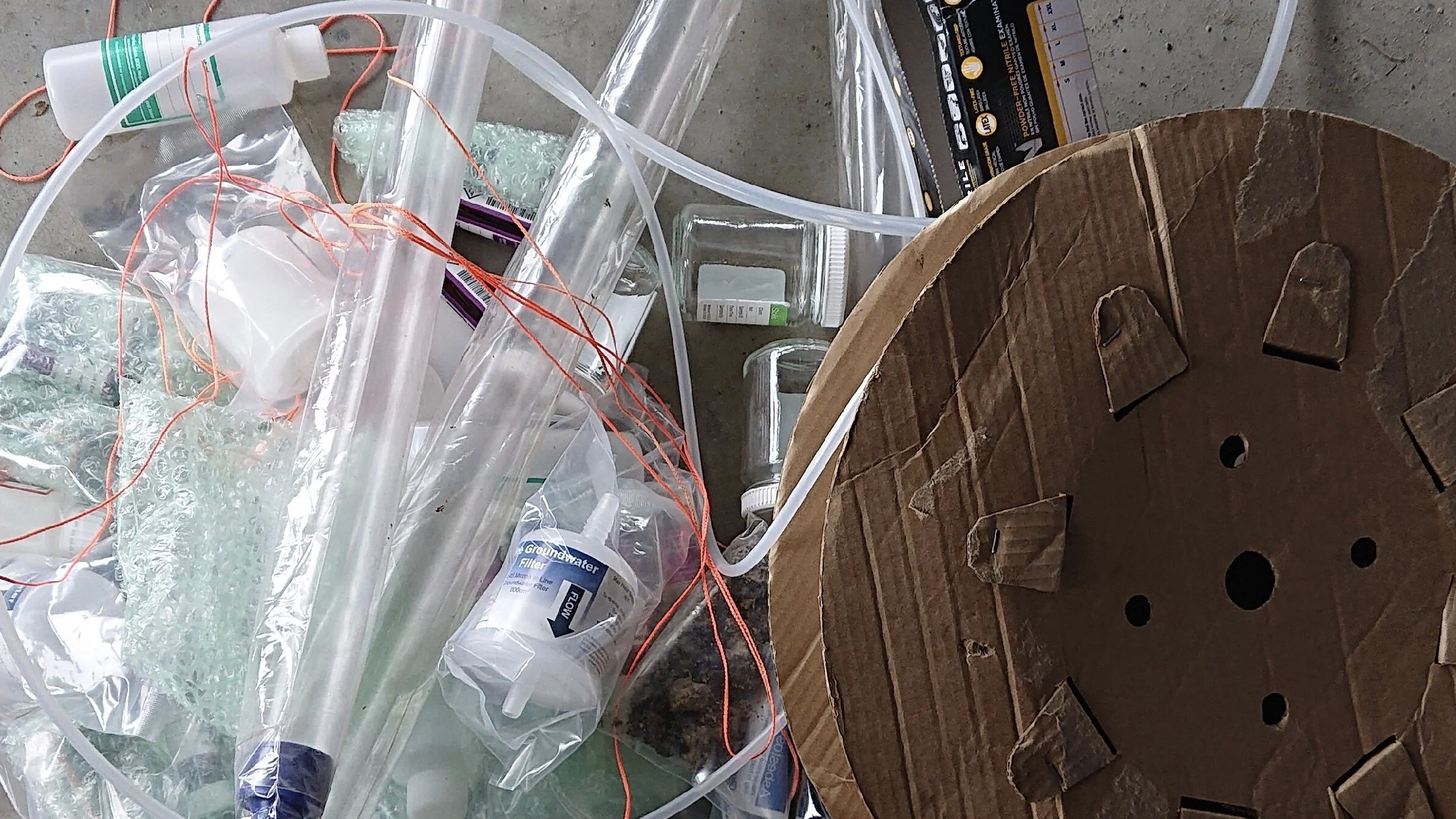Sustainable site investigation with Direct Sensing Tools (HRSC)
At this point, 20+ years into the development of direct sensing technology there have been a multitude of arguments presented touting the technical and financial advantages of High-Resolution Site Characterisation (HRSC) using Membrane Interface Probe (MIP), Ultra-Violet Optical Screening Tool (UVOST) and Hydraulic Profiling Tool (HPT).
Today however, here is perhaps an unfamiliar perspective. I maintain that the use of these tools can be the cornerstone of a more sustainable approach to investigation and remediation, by significantly reducing Investigation Derived Waste (IDW).
As agents of the Australian contaminated land sector, one would expect strong leadership incorporating sustainability principles into all aspects of our activities, including site assessment. Unfortunately, it is rare that environmental impacts of site investigation are considered, let alone championed. In some cases, it could be argued that waste generated from the investigation process poses more negative long-term impacts than the existing contamination.
Comparisons around the sustainability of alternatives are always going to be complex and contentious and these ideas certainly require further interrogation. At the very least, I’m eager to present a couple of basic concepts and explore these further with input from interested parties.
It is likely that in the majority of projects, waste generated from the investigation phase is overlooked and/or deemed insignificant. This is understandable. Although less significant than remediation stage impacts, the fact that good alternatives exist drives my motivation to address the issue.
In this article no consideration has been given to the net effect that a high-resolution conceptual site model would have on future efficiency and sustainability of remediation options; perhaps a discussion for another day.
1. Drilling derived waste (soil & water) – Conventional contaminated site investigations generate large quantities of potentially contaminated soil and water requiring transport to a licensed waste facility. We are simply relocating the problem and have now doubled the number of sites impacted. This is performed at great expense to the landowner and with a significant carbon footprint given transportation requirements. Have you considered what happens to the 205L drums used to store and transport waste soil? If you guessed emptied, cleaned and re-used, unfortunately you would be well off the mark.
2. PVC Monitoring Wells (Poly Vinyl Chloride) - PVC is produced by polymerizing Vinyl ChlorideMonomer (VCM). VCM is a known carcinogen, the production of which utilises ethylene gas purified from petroleum and chlorine gas. The production of chlorine gas requires vast amounts of energy and generates byproducts that bioaccumulate. The end product, PVC, is anything but green. Have you considered where these products are manufactured? What environmental standards were followed by the manufacturer in India or China? What happened to the waste products generated by this process? Further, I wonder about the legacy effects of installing hundreds of thousands of PVC wells directly into our groundwater systems. I don’t pretend to understand the long-term degradation of PVC but given the level of concern globally around the general use of PVC products, it seems best practice to minimize its use.
3. Filter Sand (Gravel Pack) - We take a pristine resource, extract it from its natural environment (through destructive means), and introduce it to a contaminated site. This is fundamentally perverse from a sustainability standpoint. Sand mining is one of the biggest sources of land degradation globally. After water, sand is the second most extracted material on the planet. When used in construction, sand and gravel particles need to be angular and free of salts in order to hold cement together; only sand reserves from rivers are suitable, which has catastrophic impacts. I concede that the volumes used in our industry are minuscule in comparison to the construction sector, but unlike many other industries we are in a position to consider alternatives that minimize the consumption of such a valuable resource.
4. Packaging - Packaging materials from well construction materials (sand, bentonite, drilling muds and cement) constitute most of our generated waste. At Numac we send approximately 500m3 of non-recyclable packaging waste to landfill each year. Of this packaging, the item that causes me the most discomfort is the individual packaging of the uPVC. It is explicitly the environmental remediation industry that demands this from suppliers.
5. Sampling consumables - Not once, not ever in thousands of projects has an environmental consultant requested details on the sustainability credentials of the materials we supply. Teflon and plastic tubing, disposable bailers, nitrile gloves, snap lock bags, soil jars, the list goes on and on. Thankfully in this space we are starting to see some 'greener' options on the market but inevitably, it all still makes its way to landfill along with the waste soil. At least all those glass sample jars are recycled, you might think?
6. Safety - This may appear to deviate from the core theme, but I feel that it has merit. I would certainly consider injury, illness and property damage as “waste” and make all efforts to minimise these. Direct sensing technology eliminates drill cuttings and consequently the exposure pathway for drill crews and consultants. In addition, direct sensing tools are much lighter and easier to handle, dramatically reducing the likelihood of manual handling injuries. The MiHPT and UVOST have a diameter of approx. 44mm (1.75 in.). In comparison the standard hollow auger is over 200mm (8 in.), or five times larger. It seems logical to infer that the probability of hitting an underground service would therefore be reduce fivefold.
All waste streams have a direct financial cost. As soil disposal costs continue to skyrocket, the economic argument for the use of direct sensing systems strengthens. Sadly, the current architecture rewards the creation of waste as both consultants and contractors profit from on-selling consumables and peripheral disposal services.
Many simple opportunities to improve the sustainability of site investigations could be implemented immediately. The technology and financial incentives exist; all that is needed now is an industry commitment.


